Forts and Castles of Ghana
Ghana's coastal landscape is dotted with these castles and forts, many of which date back to the 15th century. They were established by European traders and explorers from diverse backgrounds, including Portugal, Spain, Denmark, Sweden, the Netherlands, Germany, and Britain. The main purpose of these structures was to safeguard and enhance the traders’ interests in commodities such as gold and ivory, and, tragically, enslaved individuals. Over the course of history, ownership of these forts frequently changed hands—sometimes acquired through violent confrontations and other times through more diplomatic means. Each transition contributed to the rich and often complex history surrounding these remarkable edifices.
Visitors to Ghana today can explore these remnants of the past, each telling a unique story of cultural exchange and conflict. From well-preserved monuments that showcase architectural grandeur to weathered ruins that evoke a sense of nostalgia, these sites provide a profound insight into centuries of interaction between Africa and Europe. While some forts have been meticulously restored and repurposed for educational and tourism purposes, others stand forlornly, their crumbling walls patiently echoing the tales of their storied past. Most of these historical sites welcome visitors, serving as significant national monuments and inviting places for reflection on Ghana’s complex heritage.
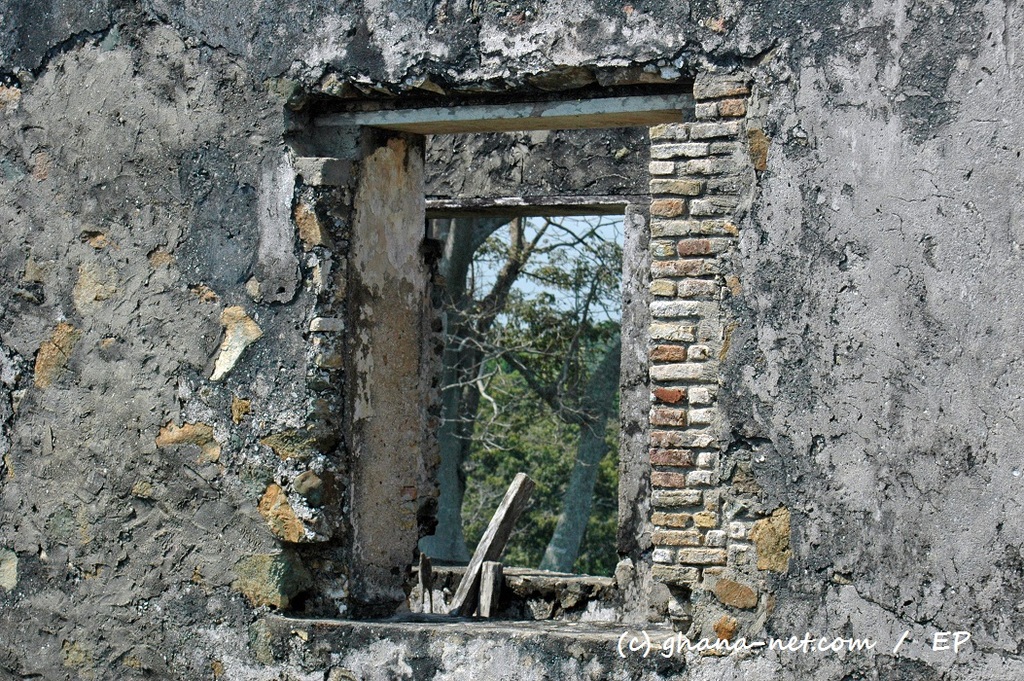
Fort Batenstein, Western region, Butre
Western Region
Fort Apollonia (Beyin) – built 1768 by British, later Dutch, museum today
Fort Saint Anthony (Axim) – originally Portuguese 1515, later Dutch/British
Fort Gross Friedrichsburg (Prince’s Town) – German Prussia, later Dutch/British
Fort Dorothea (Akwida) – Dutch built, later British
Fort Metal Cross (Dixcove) – British 1690s, British/Dutch
Fort Orange (Sekondi) – Dutch built, later British
Fort San Sebastian (Shama) – Portuguese 1523, rebuilt by Dutch 1640.
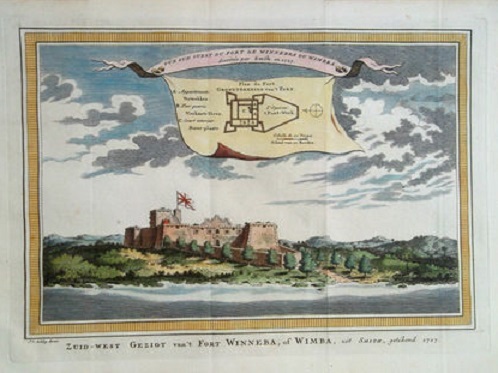
Winneba Fort - 1632 British Faktorei ; later abandoned ( no later than 1644) again ; 1694 Fort ; 1812 abandoned by the British and blasted.
Central Region
British Fort at Komenda – (sometimes Fort Vredenburgh adjacent)
Fort Vredenburgh (Dutch Komenda)
Fort Royal (Cape Coast)
Fort McCarthy (Cape Coast)
Fort Fredericksburg (Amanful)
Fort Nassau (Mouri)
Fort William (Anomabu) – British 1753
The “Little Fort” (Anomabu)
Fort Amsterdam (Abandze) – English 1638‑45
Fort Tantumquery – at Tantumquery
Fort Patience (Apam) – Dutch built 1697, called ‘Patience’ Fort.
Another name for Fort Patience in Ghana is Fort Lijdzaamheid.
This is the original Dutch name, meaning “Patience” in English. It was built by the Dutch West India Company in the town of Apam during the late 17th century.
Fort Good Hope (Senya Beraku) – Dutch (Goede Hoop)
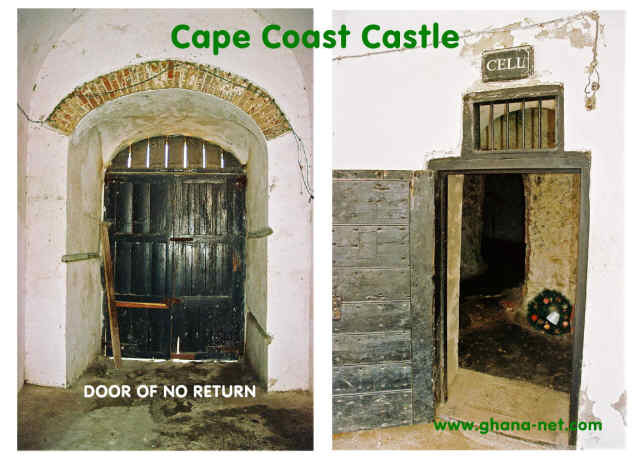
Cape Coast Castle - Door of no return.
Greater Accra Region
James Fort (Jamestown, Accra) – British trading post 1673
Christiansborg Castle (Osu, Accra, also Osu Castle) – Danish 1661, seat of government
Fort Augustaborg (Teshie) – Danish built
Fort Vernon (Prampram)
Fort Fredensborg (Old Ningo) – Danish 1734
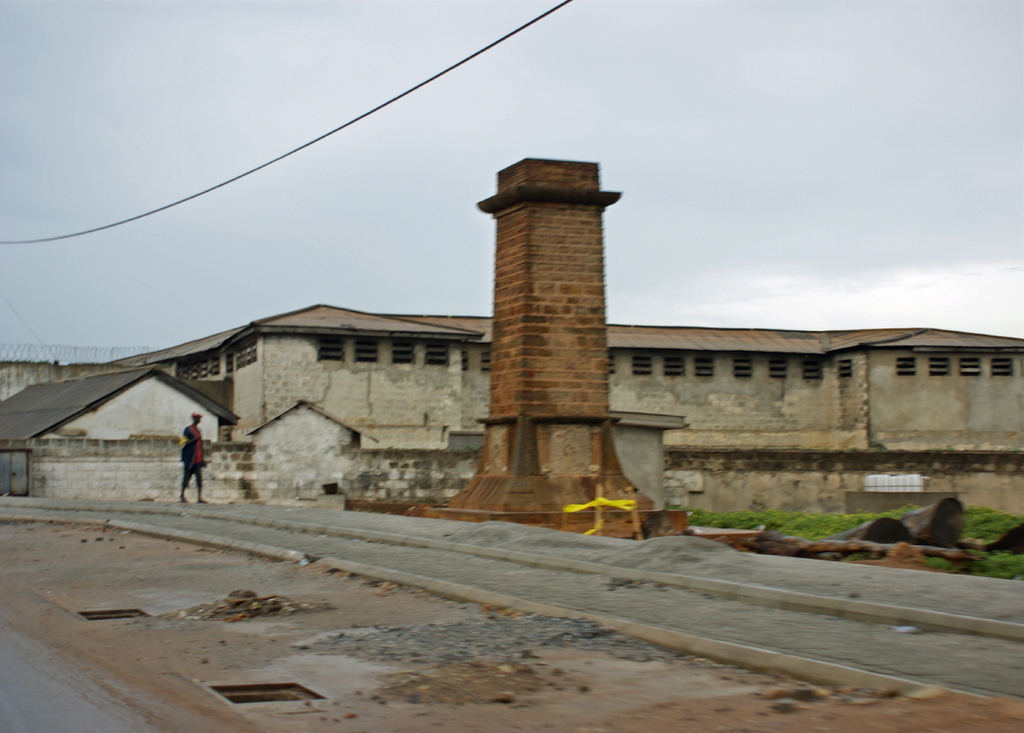
Fort James, James Town, Accra (c) Remo Kurka
Volta Region
Fort Prinzenstein (Keta) – Danes 1784, later British
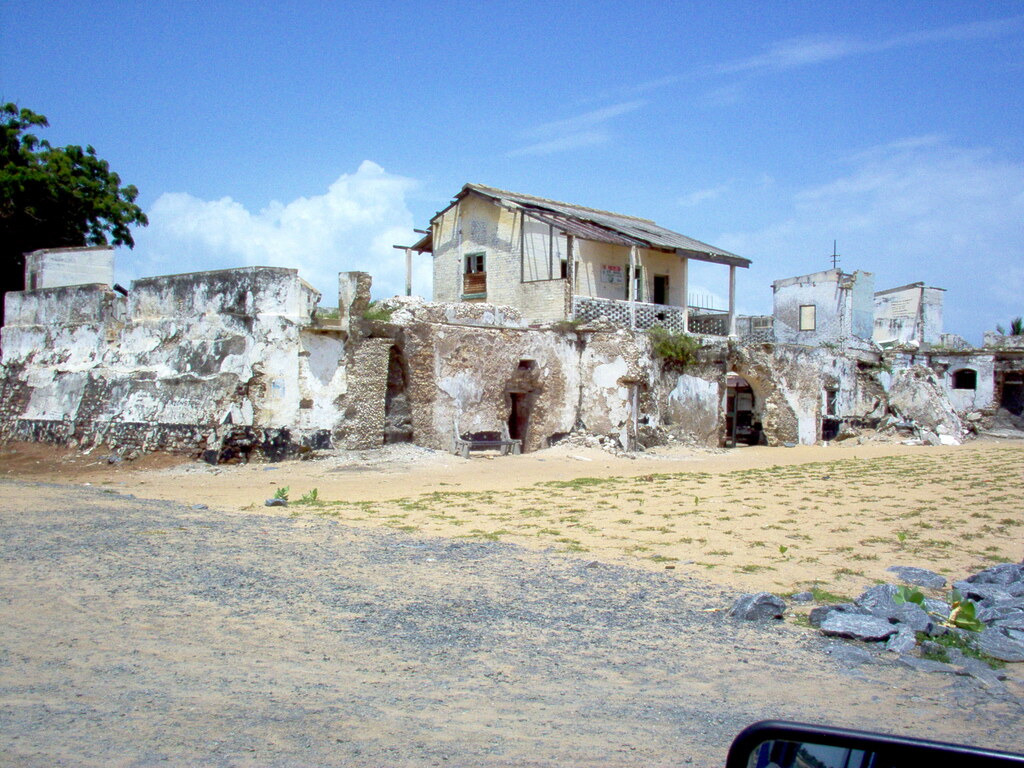
Remains of the Keta Fort (Volta region)
Ashanti (Inland)
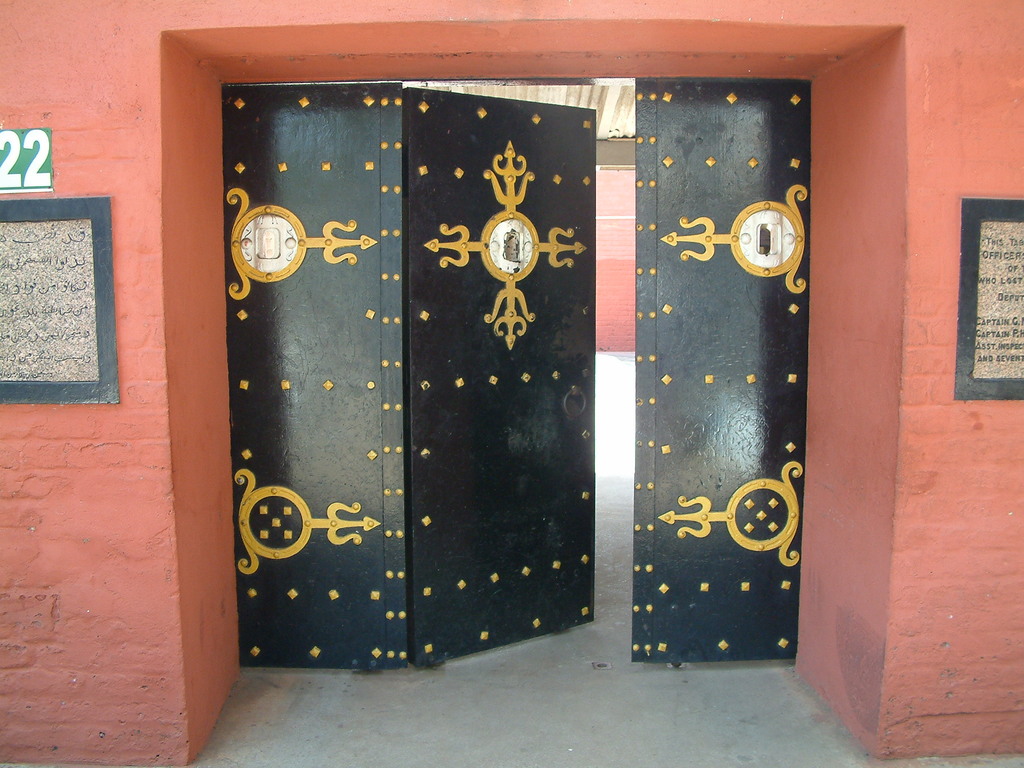
Kumasi Fort, Kumasi, Ashanti region (c) Remo Kurka